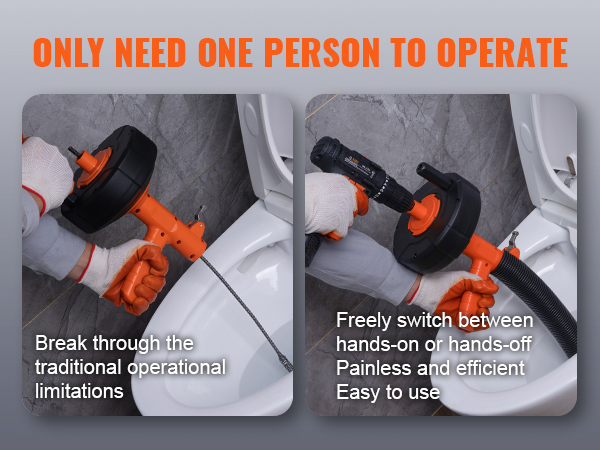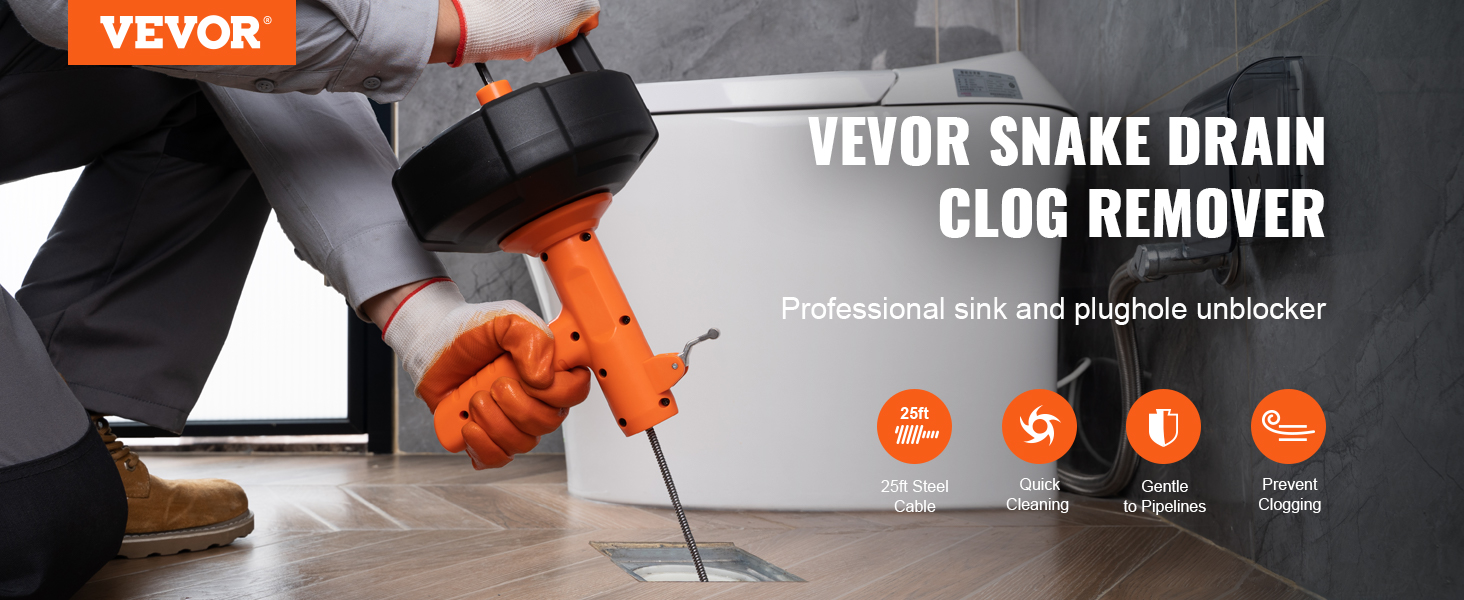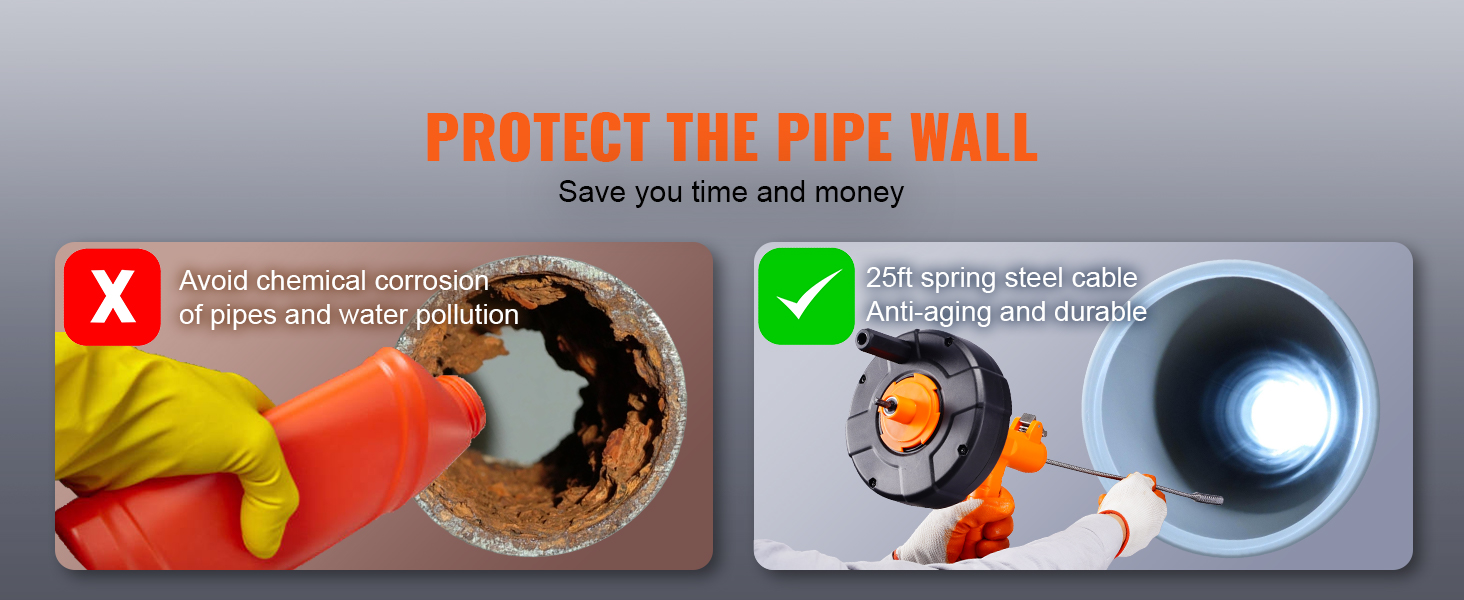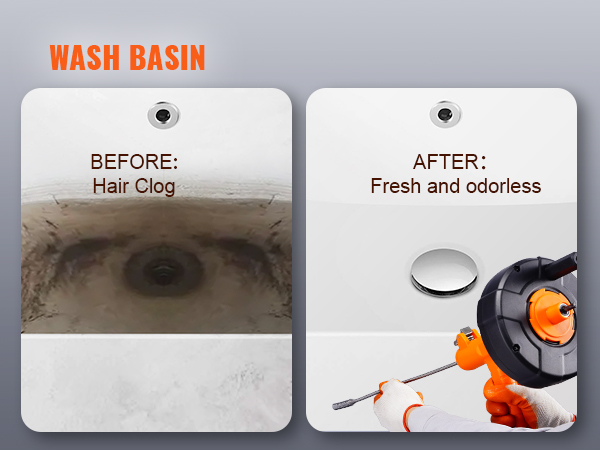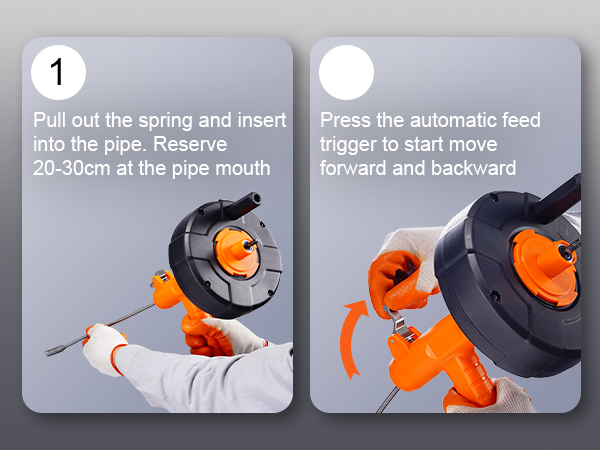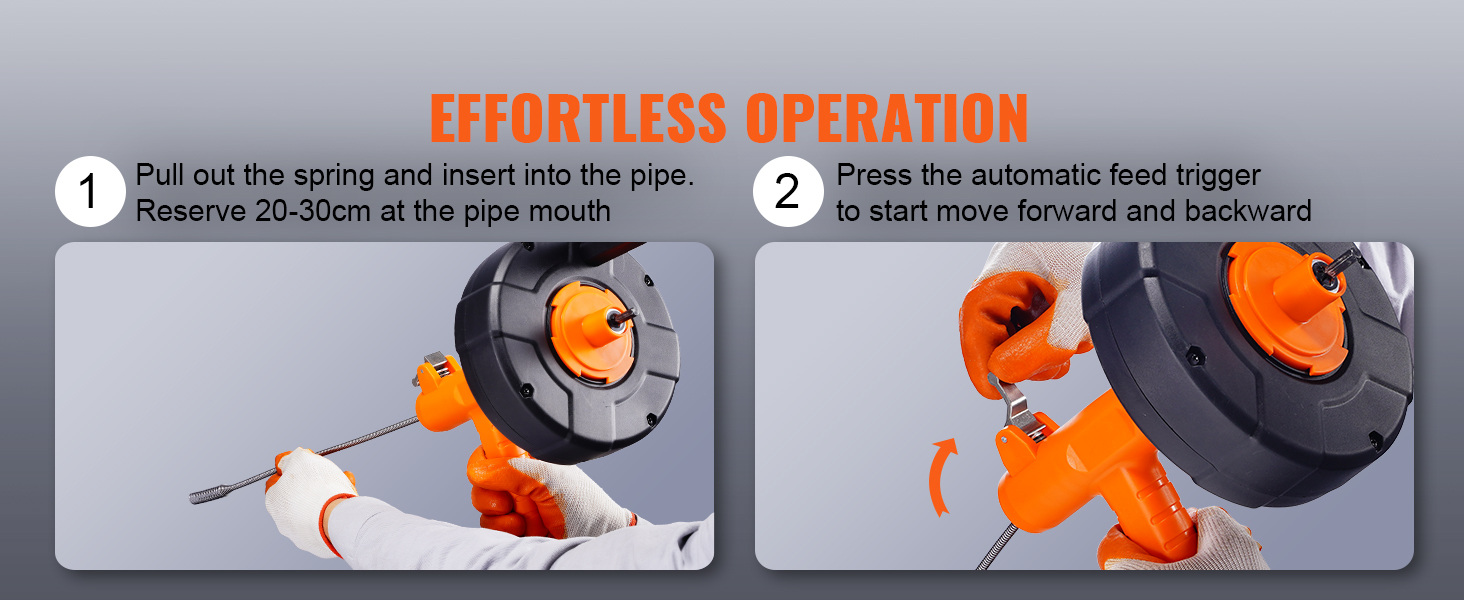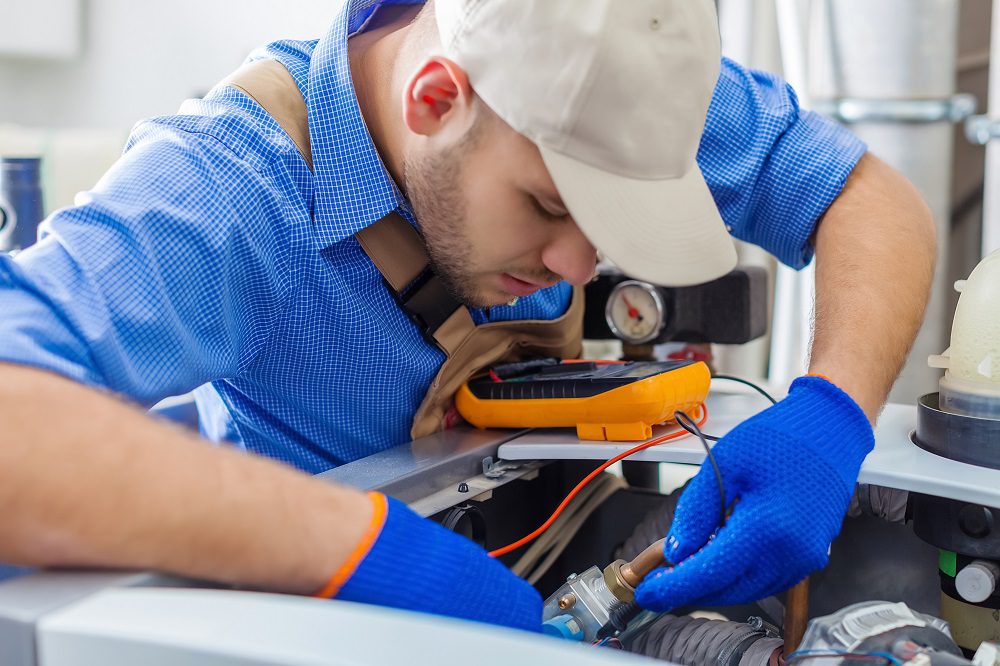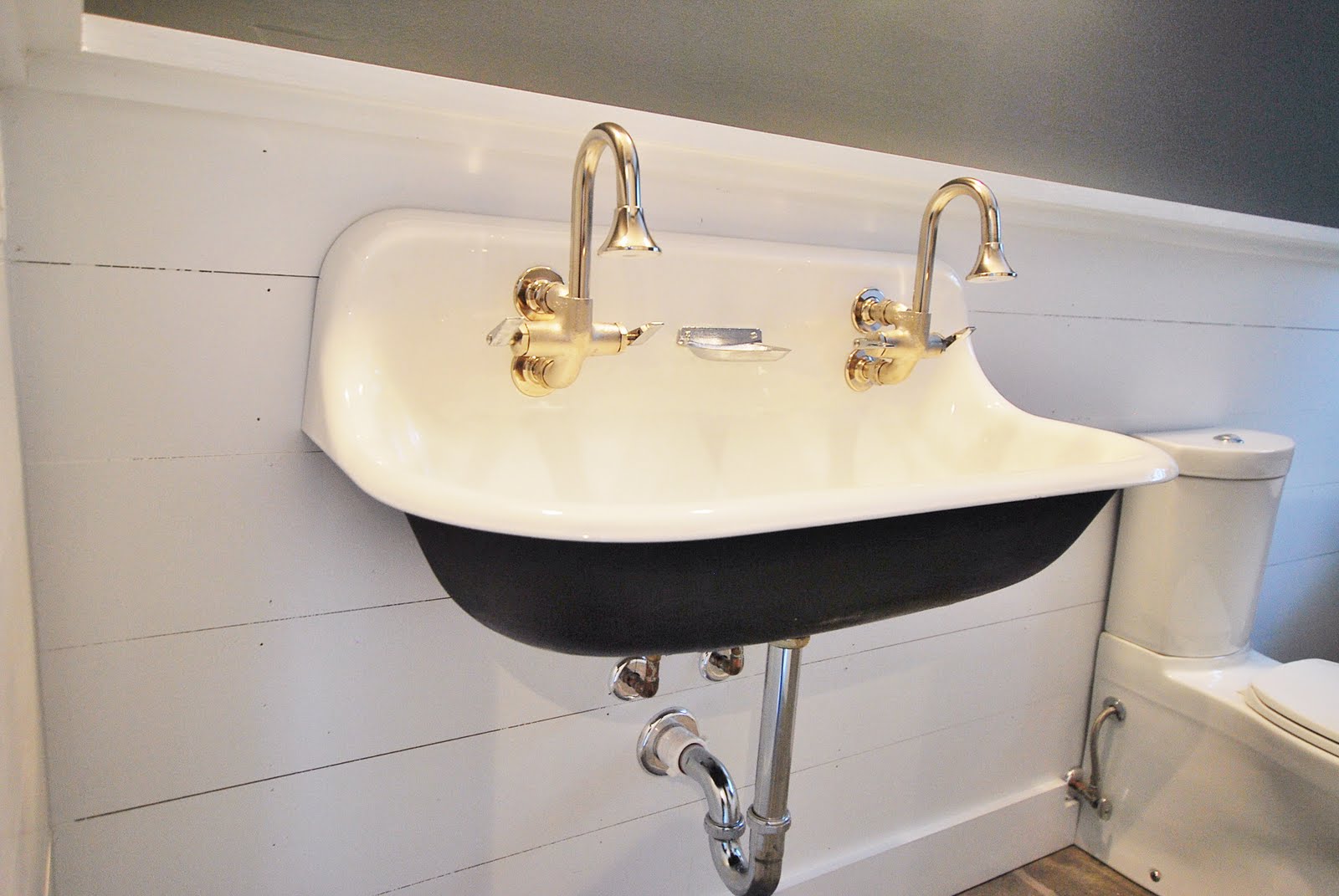If you notice your kitchen sink is draining slowly or not at all, the first thing you should try is using a plunger. This common household tool can create a vacuum and dislodge any clogs in your pipes. To use a plunger, fill your sink with enough water to cover the rubber end of the plunger. Then, place the plunger over the drain and push down and pull up repeatedly until the clog is cleared.1. Use a plunger
If the plunger doesn't work, you can try pouring boiling water down the drain. This method is best for clogs caused by grease or food particles. The hot water can help dissolve and flush away the debris. Be careful not to use boiling water if you have PVC pipes as they can melt or become damaged.2. Pour boiling water down the drain
Baking soda and vinegar are natural cleaning agents that can be used to unclog a kitchen sink. First, pour half a cup of baking soda down the drain, followed by half a cup of white vinegar. Let the mixture sit for about 15 minutes, then pour boiling water down the drain to flush it out. This combination can help break down and dissolve clogs.3. Use a mixture of baking soda and vinegar
If the above methods don't work, you can try using a commercial drain cleaner. These products are specifically designed to dissolve clogs and can be found at most hardware or grocery stores. However, be cautious when using these products as they can contain harsh chemicals that can be harmful to your pipes and the environment.4. Try a commercial drain cleaner
If the clog is deep in your pipes, a plumbing snake may be necessary to reach and remove it. These long, flexible tools can be inserted into the drain and rotated to break up and remove the clog. You can purchase a plumbing snake at a hardware store or rent one from a home improvement store.5. Use a plumbing snake
The P-trap is a curved pipe located under your sink that is designed to catch debris and prevent it from going further into your pipes. Over time, this trap can become clogged and needs to be removed and cleaned. Place a bucket under the trap to catch any water, then unscrew and remove the trap. Clean it out and then reattach it to the pipes.6. Remove and clean the P-trap
If you have a wet/dry vacuum, you can use it to suck out any clogs in your kitchen sink. To do this, create a seal around the vacuum hose and the drain and turn it on. This method works best for smaller clogs and may not be effective for larger ones.7. Use a wet/dry vacuum
If the baking soda and vinegar mixture didn't work, you can try adding salt to the mix. The combination of these three ingredients can create a chemical reaction that can help dissolve and break up clogs. Mix half a cup of salt with half a cup of baking soda, then pour it down the drain, followed by half a cup of white vinegar. Let it sit for 15 minutes before flushing with boiling water.8. Try a combination of salt, baking soda, and vinegar
A drain auger, also known as a plumbing auger or a "plumber's snake," is a long, flexible tool that can be used to reach and remove clogs in your pipes. Insert the auger into the drain and rotate it to break up and remove the clog. This method may require some skill and practice to use effectively.9. Use a drain auger
If all else fails, it may be time to call a professional plumber. They have the experience and tools necessary to unclog your kitchen sink and can also identify any underlying issues that may be causing the clog. While it may cost more than the other methods, it can save you time and frustration in the long run. Don't let a clogged kitchen sink ruin your day. Try these top 10 best ways to unstop your kitchen sink and keep your pipes running smoothly. Remember to always be cautious when using chemicals or tools and consider calling a professional if the clog is too stubborn to remove on your own. A clear and functioning kitchen sink will make your daily tasks much easier and keep your kitchen clean and hygienic.10. Call a professional plumber
Why a Plunger May Not Be the Best Solution for a Clogged Kitchen Sink

The Importance of Properly Addressing a Clogged Kitchen Sink
 When it comes to a clogged kitchen sink, many homeowners' first instinct is to grab a plunger and start plunging away. However, this may not always be the most effective solution. In fact, using a plunger on a kitchen sink may even cause more harm than good. So, what is the best way to unstop a kitchen sink? Let's explore some alternative methods that may be more suitable for unclogging your kitchen sink.
When it comes to a clogged kitchen sink, many homeowners' first instinct is to grab a plunger and start plunging away. However, this may not always be the most effective solution. In fact, using a plunger on a kitchen sink may even cause more harm than good. So, what is the best way to unstop a kitchen sink? Let's explore some alternative methods that may be more suitable for unclogging your kitchen sink.
The Downfalls of Using a Plunger on a Kitchen Sink
 While plungers are great for unclogging toilets, they may not be as effective on kitchen sinks. The main issue with using a plunger on a kitchen sink is that it may push the clog deeper into the pipes, making it even harder to remove. Additionally, plungers are designed to create suction, which may not be as effective on a flat surface like a kitchen sink. Therefore, using a plunger on a clogged kitchen sink may not only be ineffective, but it could also potentially damage your pipes.
While plungers are great for unclogging toilets, they may not be as effective on kitchen sinks. The main issue with using a plunger on a kitchen sink is that it may push the clog deeper into the pipes, making it even harder to remove. Additionally, plungers are designed to create suction, which may not be as effective on a flat surface like a kitchen sink. Therefore, using a plunger on a clogged kitchen sink may not only be ineffective, but it could also potentially damage your pipes.
The Best Way to Unstop a Kitchen Sink
 So, what is the best solution for a clogged kitchen sink? One effective and safe way to unclog your kitchen sink is by using a combination of hot water and a natural drain cleaner. Start by pouring a pot of boiling water down the drain. This may help loosen and break up the clog. Then, pour a mixture of
baking soda and vinegar
down the drain and let it sit for a few minutes. Finally, pour another pot of boiling water down the drain to flush out any remaining debris.
So, what is the best solution for a clogged kitchen sink? One effective and safe way to unclog your kitchen sink is by using a combination of hot water and a natural drain cleaner. Start by pouring a pot of boiling water down the drain. This may help loosen and break up the clog. Then, pour a mixture of
baking soda and vinegar
down the drain and let it sit for a few minutes. Finally, pour another pot of boiling water down the drain to flush out any remaining debris.
Preventing Future Clogs in Your Kitchen Sink
 While using a natural drain cleaner may effectively unclog your kitchen sink, it's always better to prevent clogs from happening in the first place. One way to do this is by regularly
cleaning your kitchen sink
and
avoiding pouring grease and food scraps down the drain
. You can also use a
drain strainer
to catch any larger debris before it goes down the drain.
In conclusion, while a plunger may seem like the go-to solution for a clogged kitchen sink, it may not always be the best option. Using a combination of hot water and a natural drain cleaner can effectively unclog your kitchen sink without causing any damage to your pipes. And by taking preventative measures, you can avoid future clogs and keep your kitchen sink running smoothly.
While using a natural drain cleaner may effectively unclog your kitchen sink, it's always better to prevent clogs from happening in the first place. One way to do this is by regularly
cleaning your kitchen sink
and
avoiding pouring grease and food scraps down the drain
. You can also use a
drain strainer
to catch any larger debris before it goes down the drain.
In conclusion, while a plunger may seem like the go-to solution for a clogged kitchen sink, it may not always be the best option. Using a combination of hot water and a natural drain cleaner can effectively unclog your kitchen sink without causing any damage to your pipes. And by taking preventative measures, you can avoid future clogs and keep your kitchen sink running smoothly.


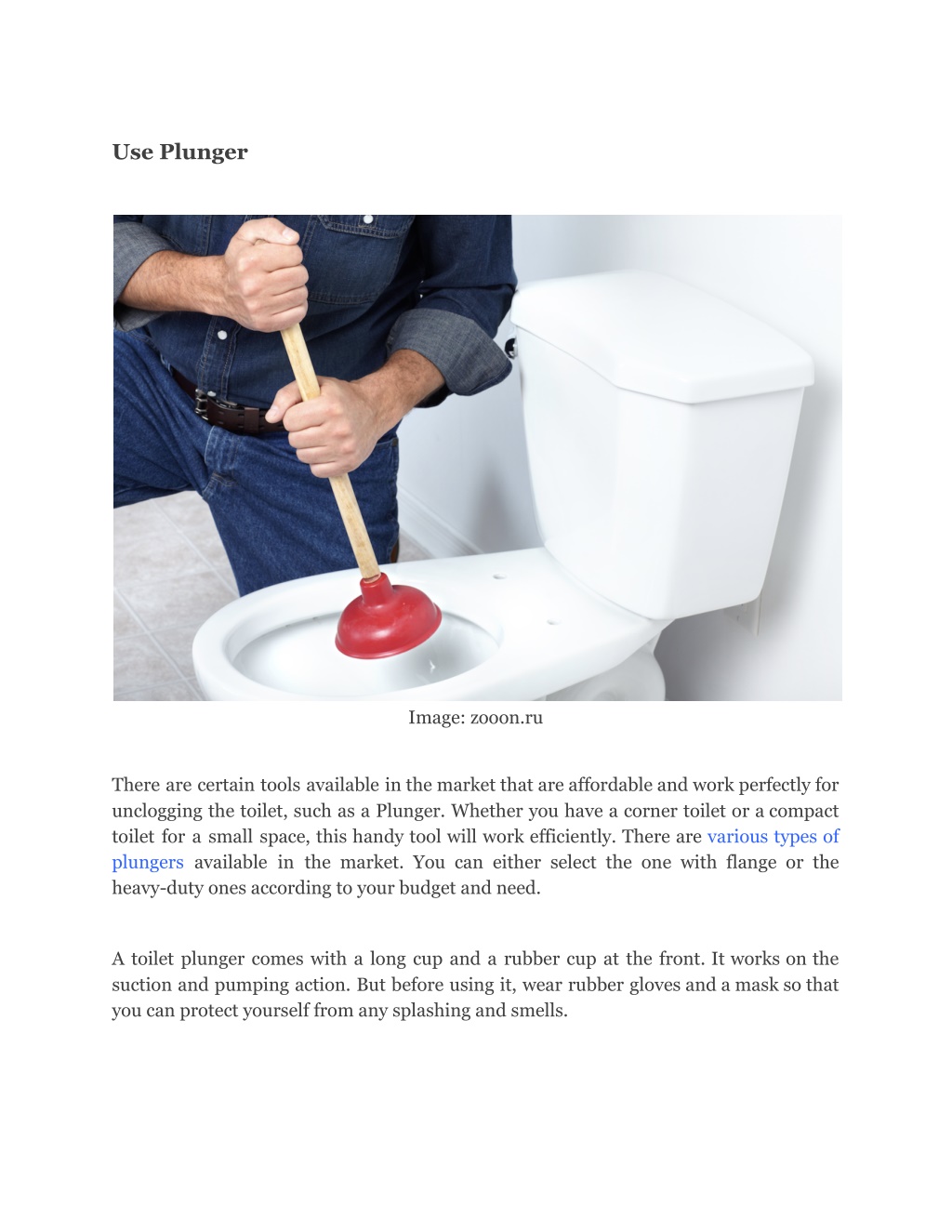
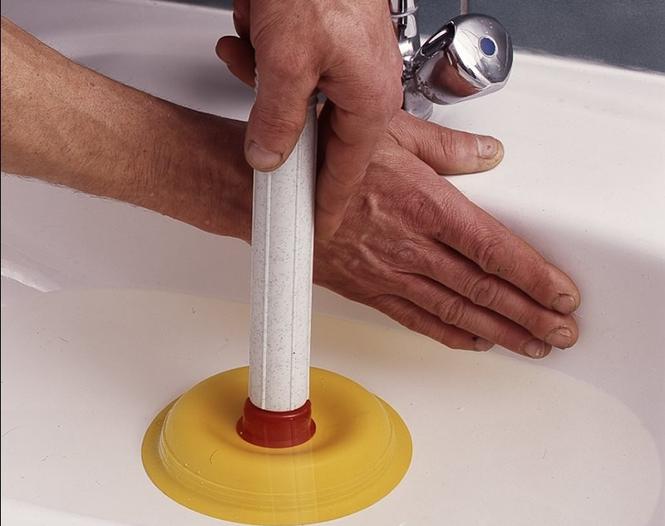

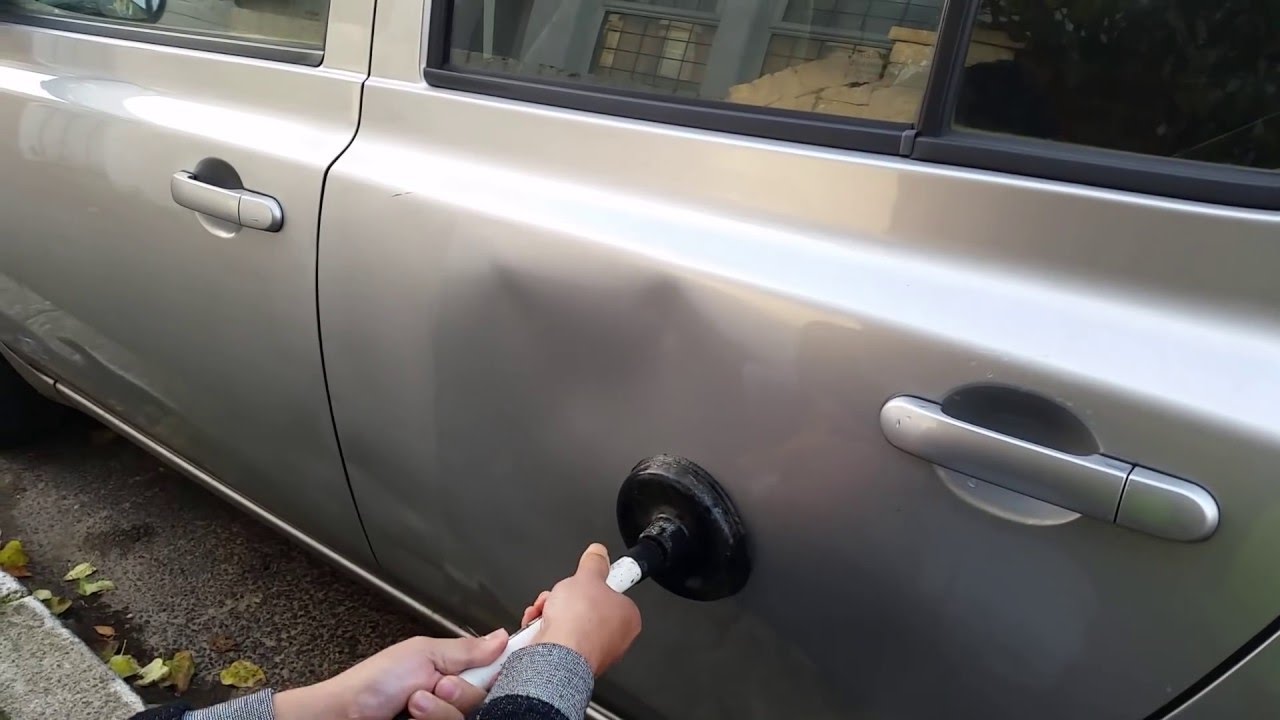







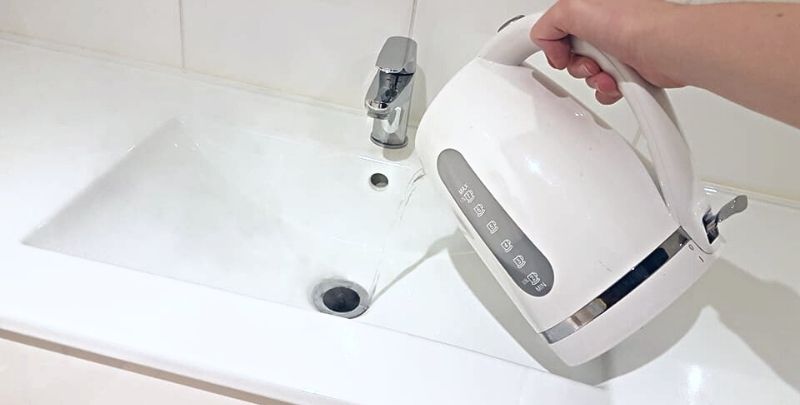

.jpg?time=1689761045394)
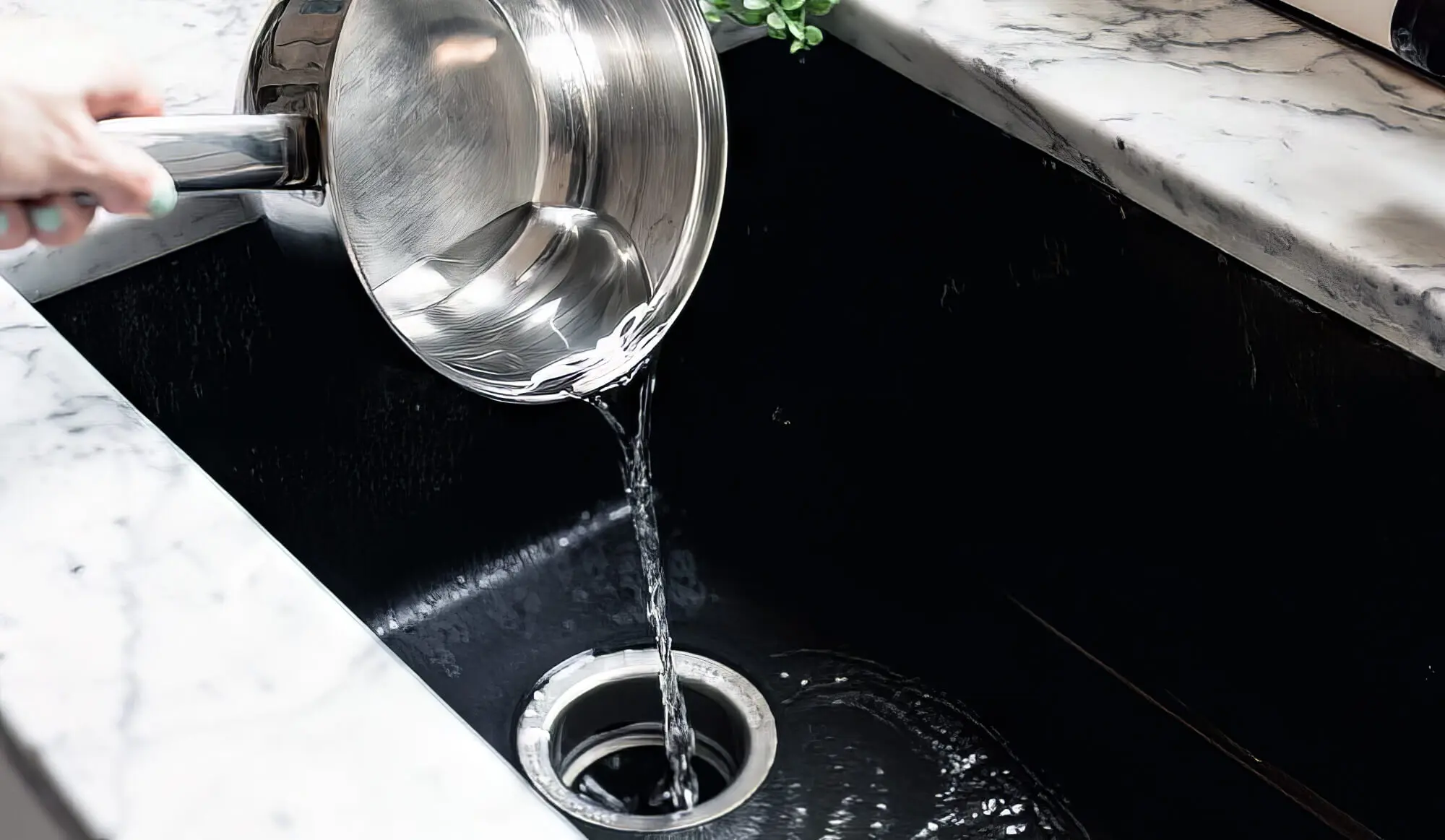
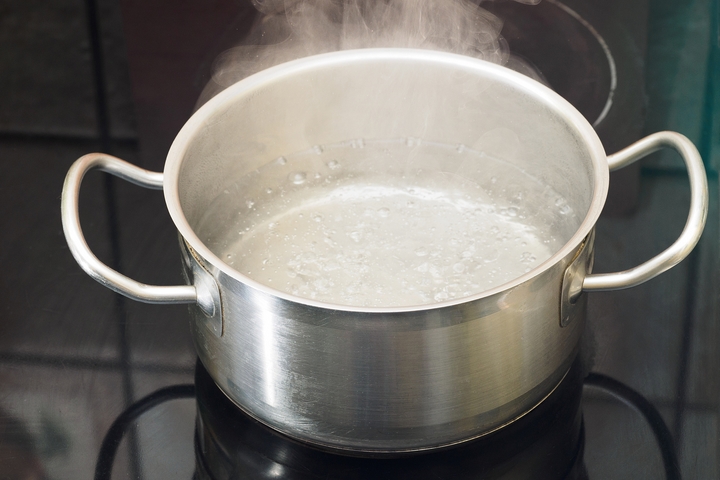







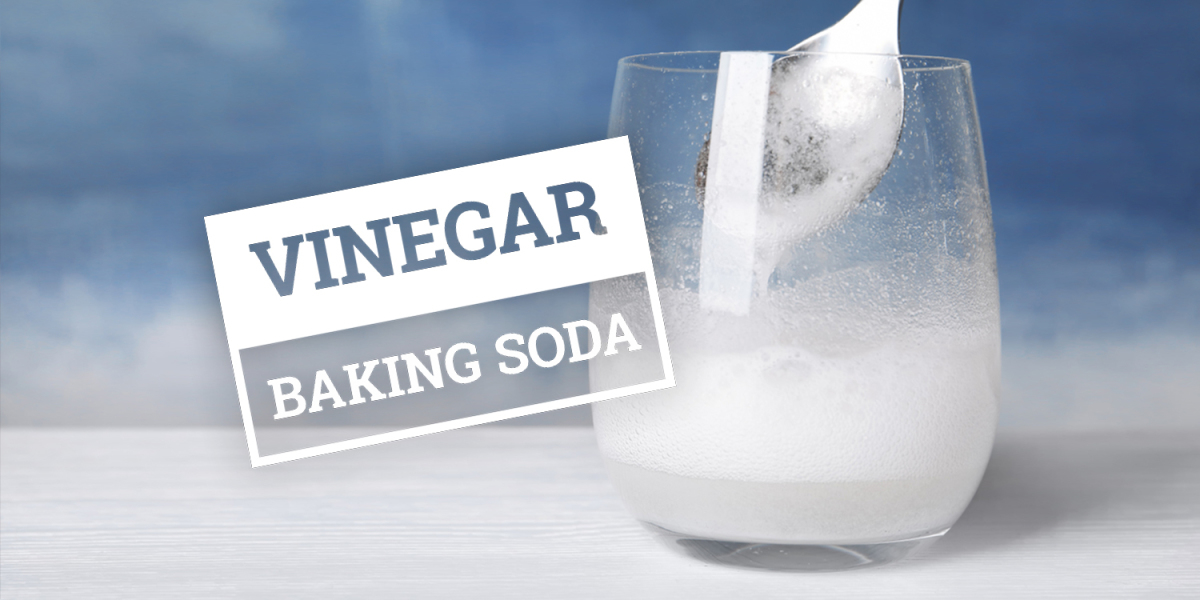





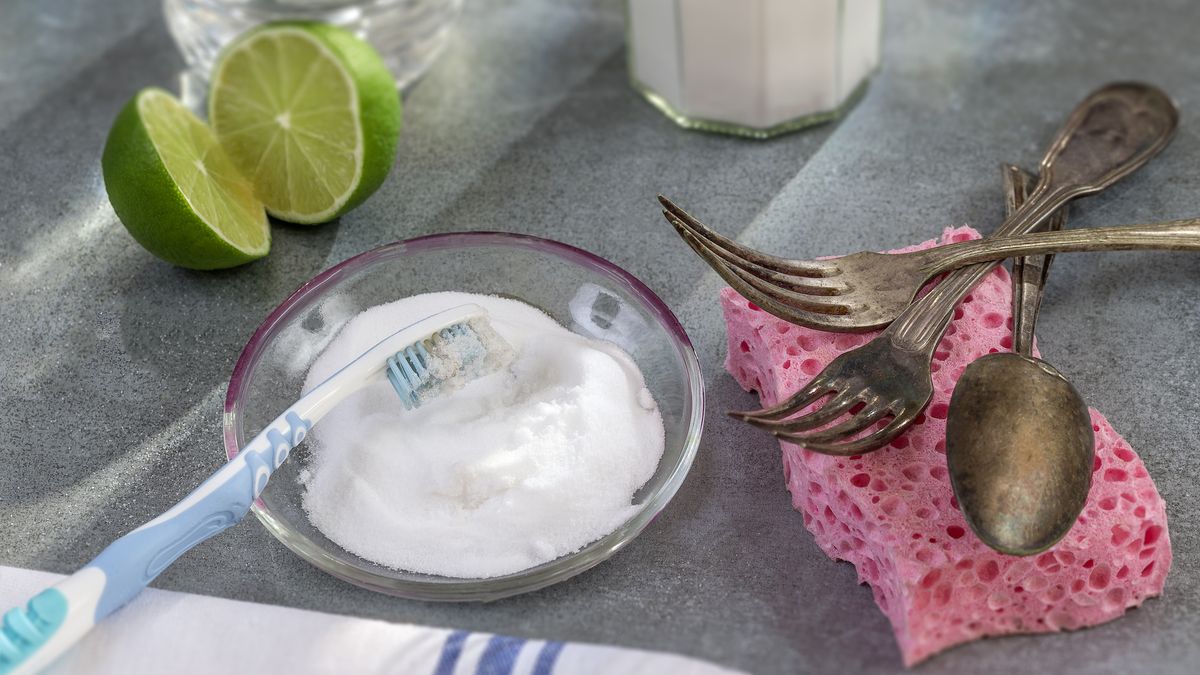







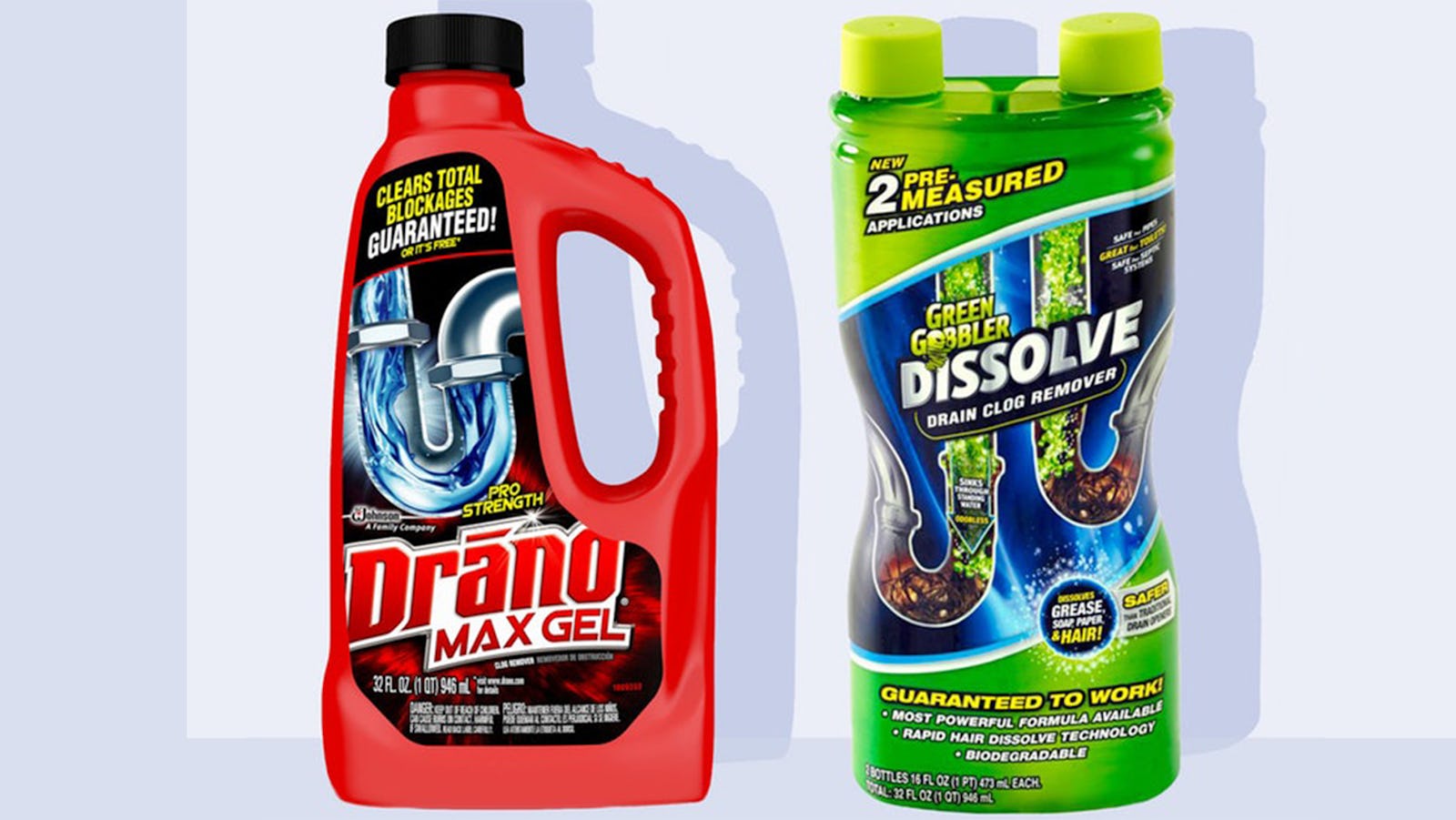

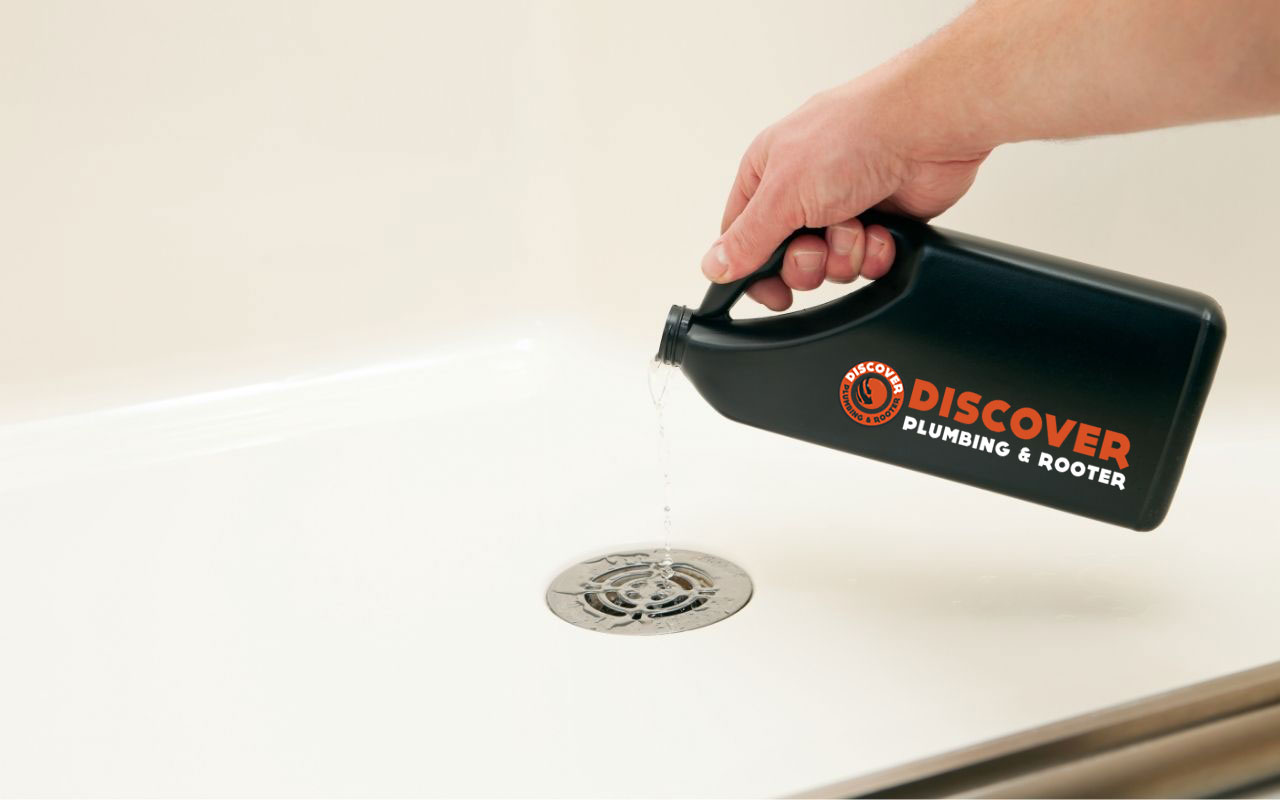
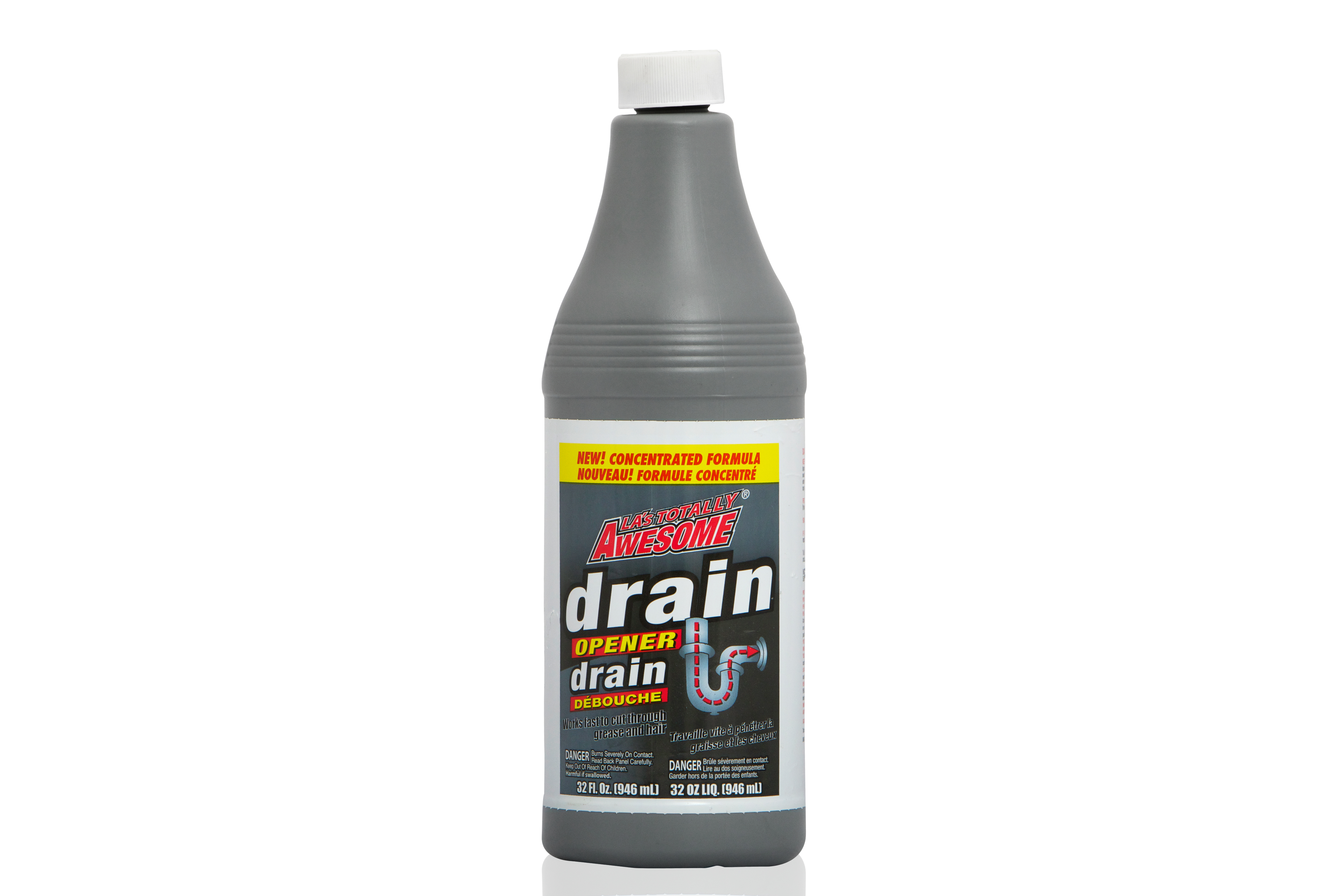

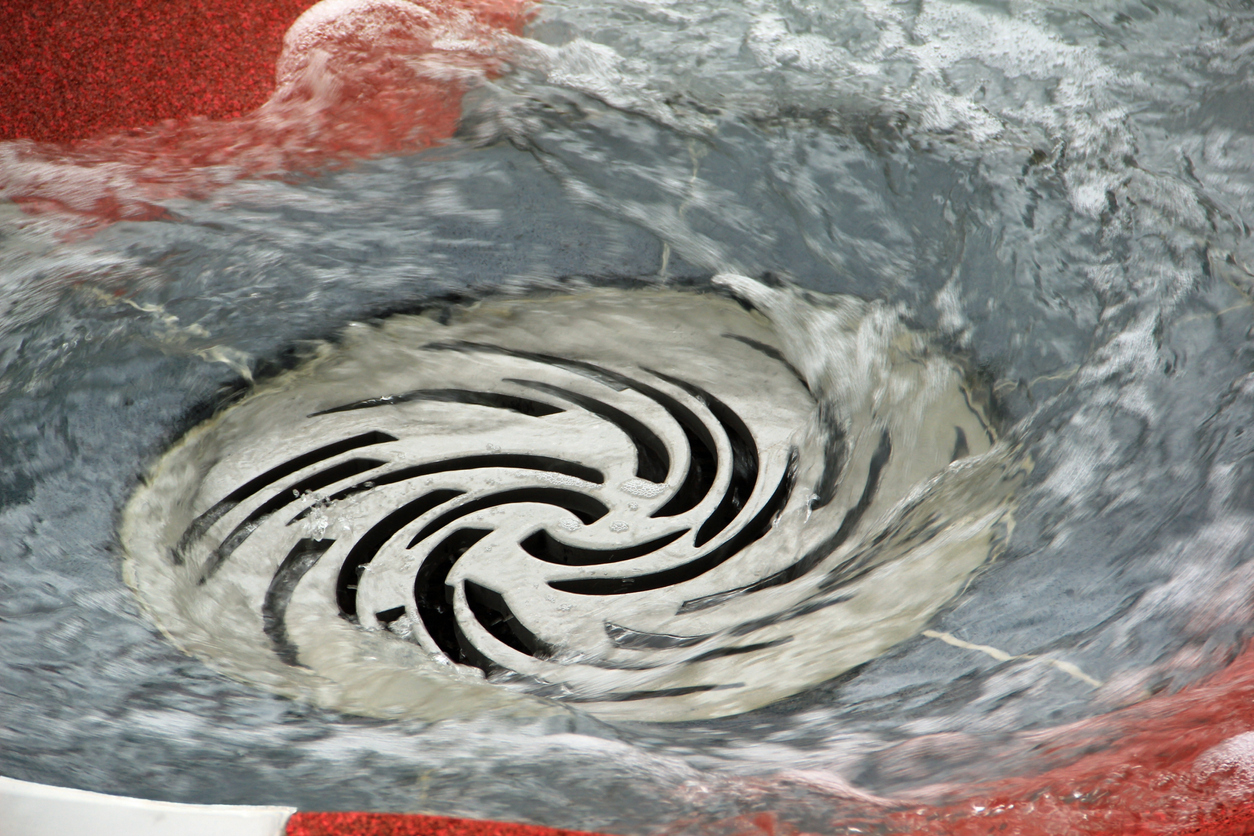
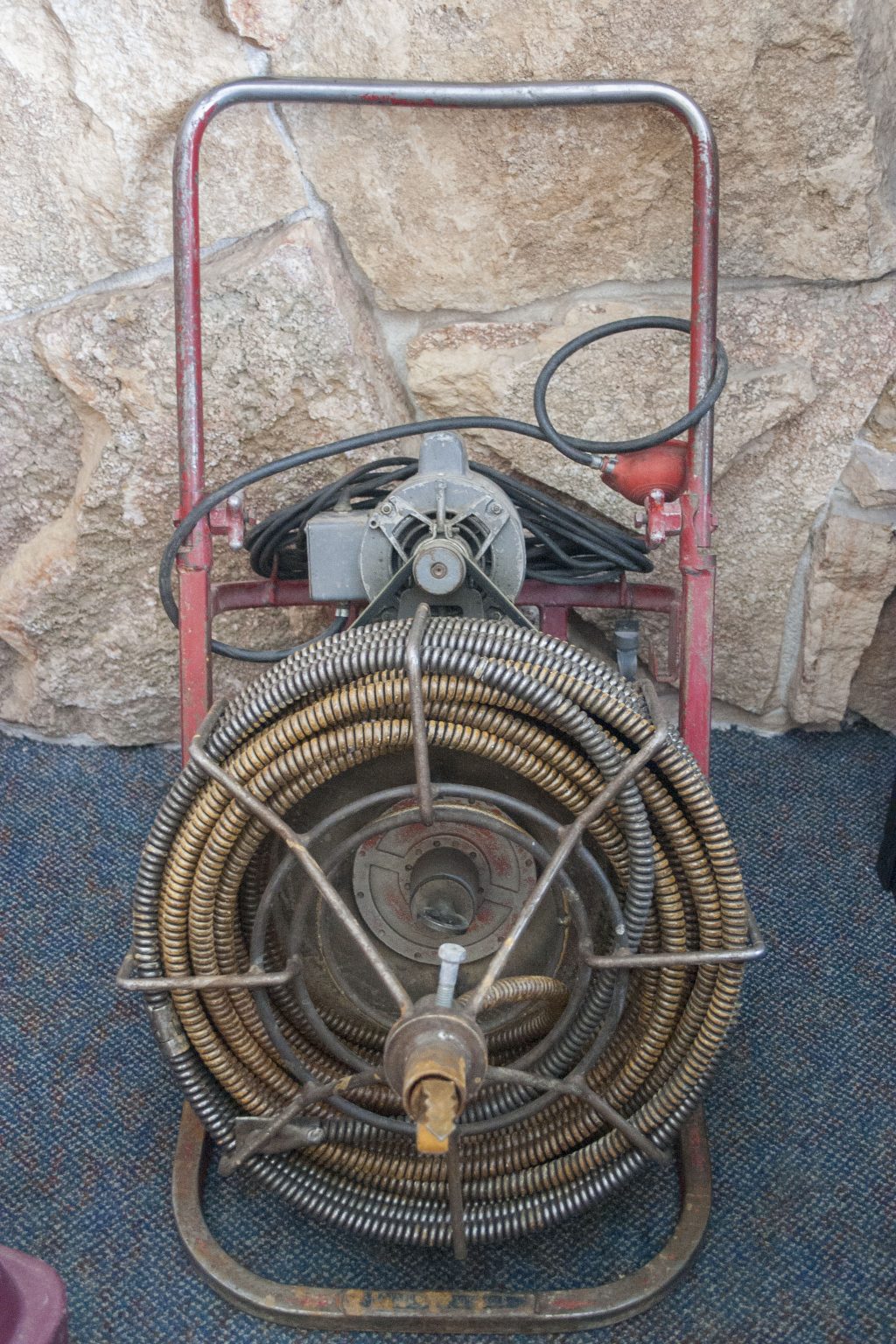
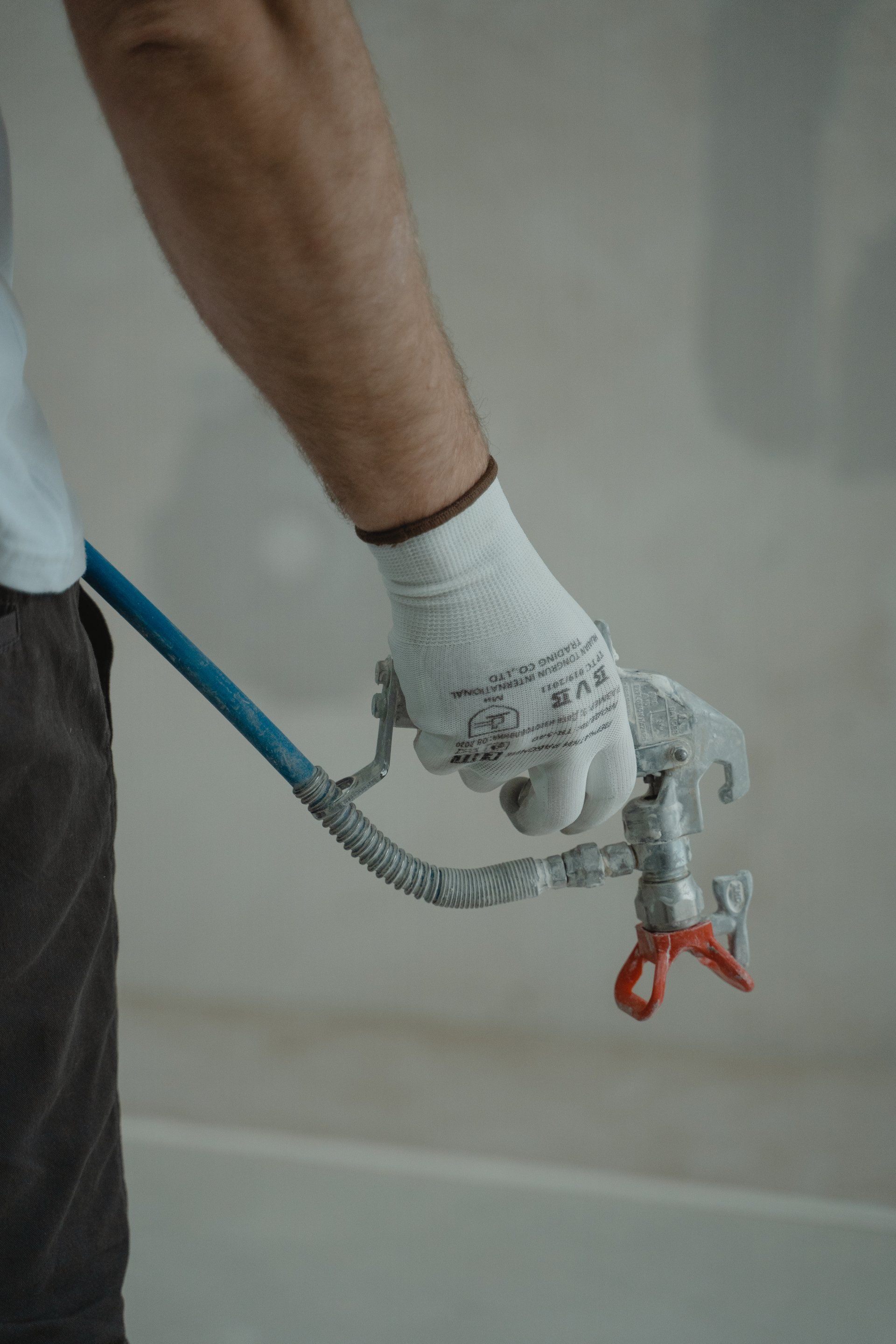


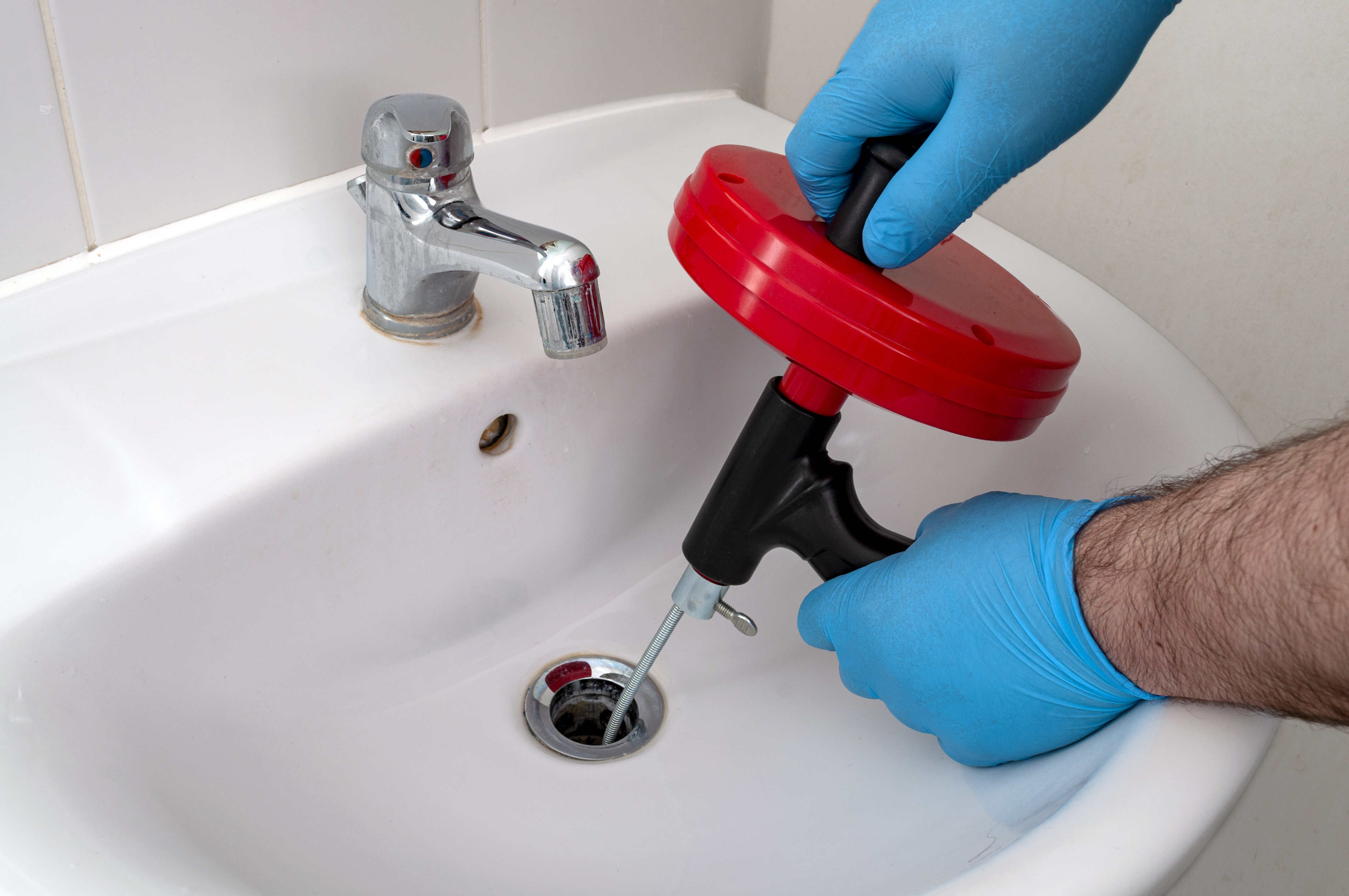




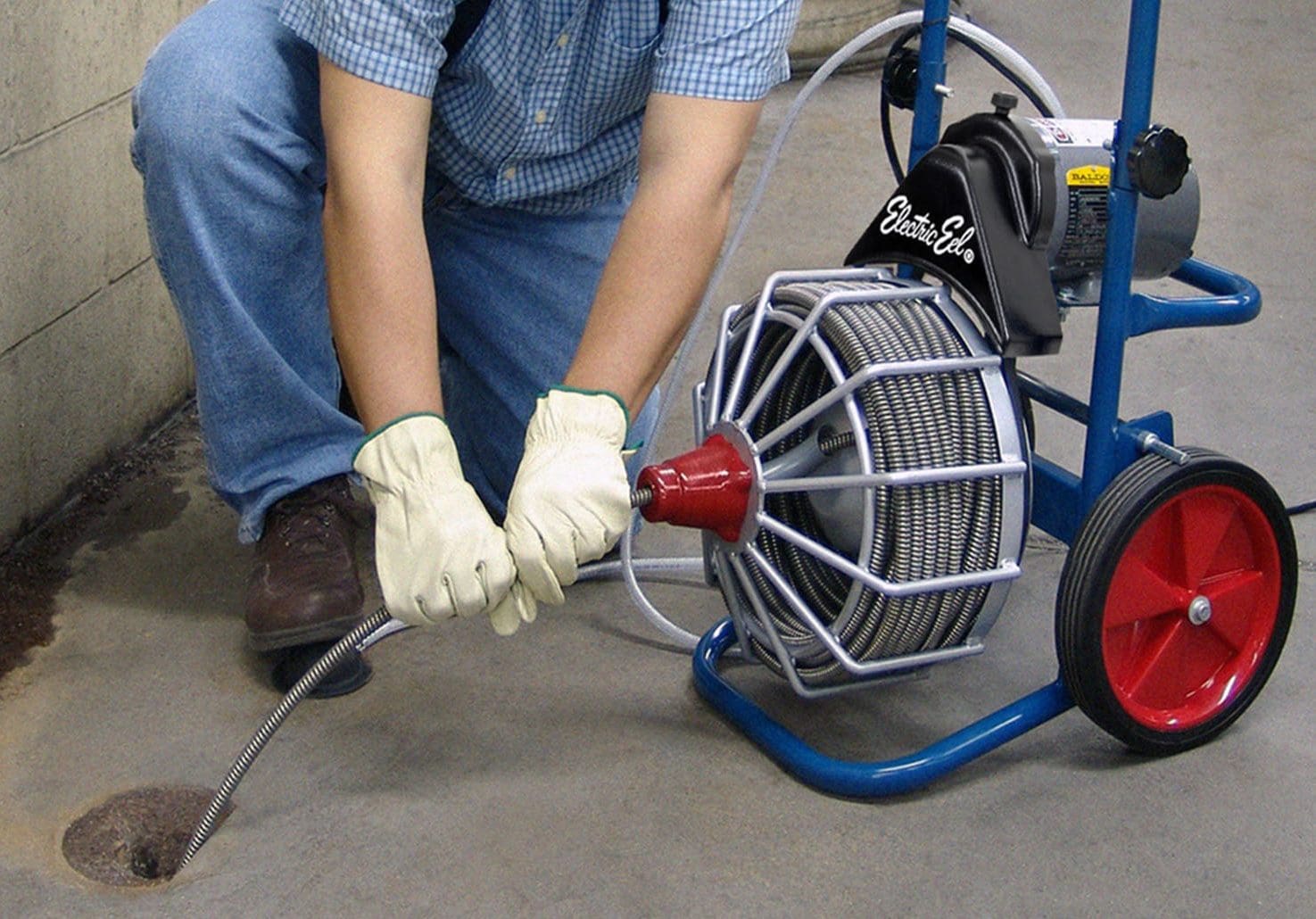


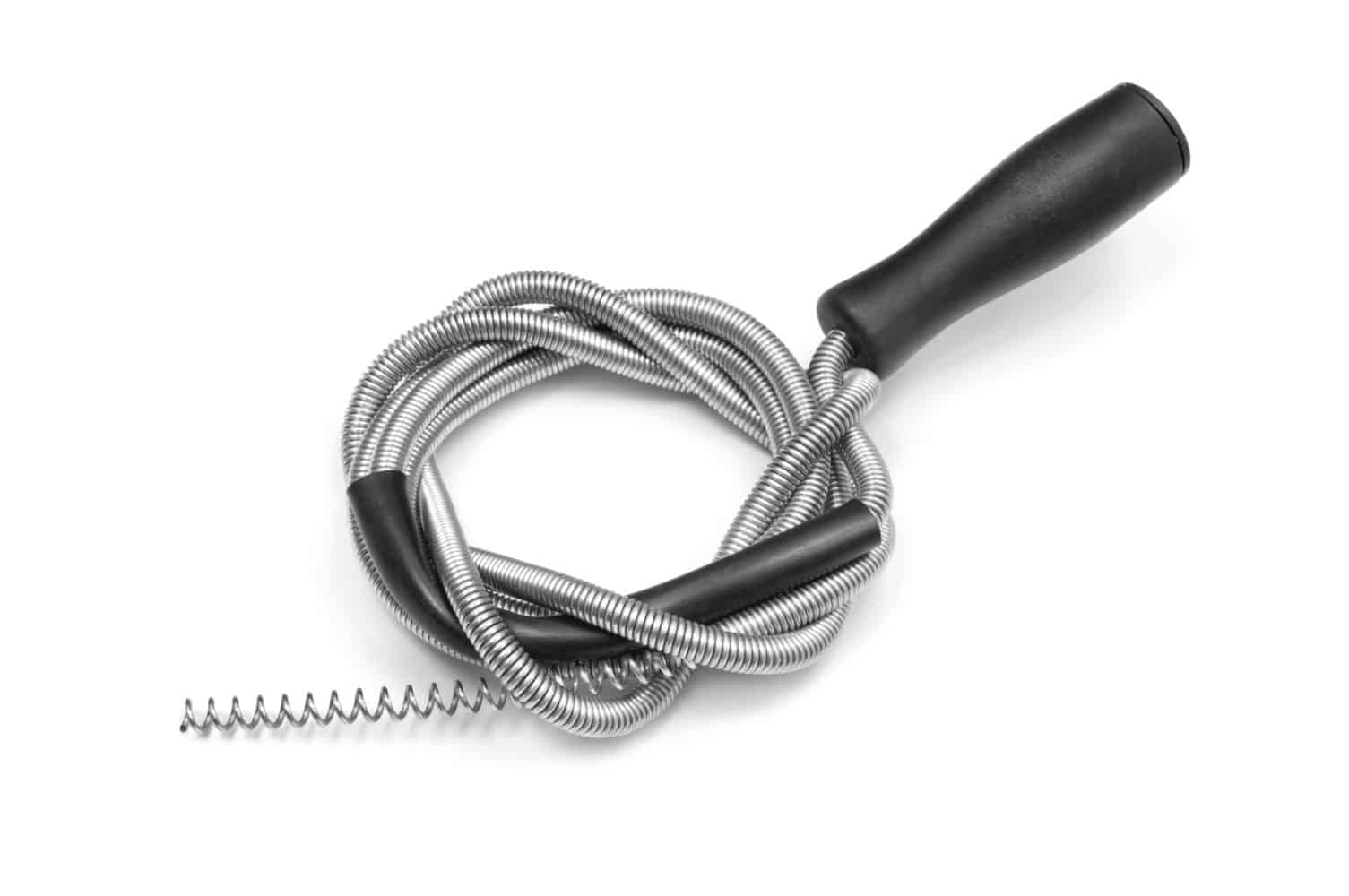







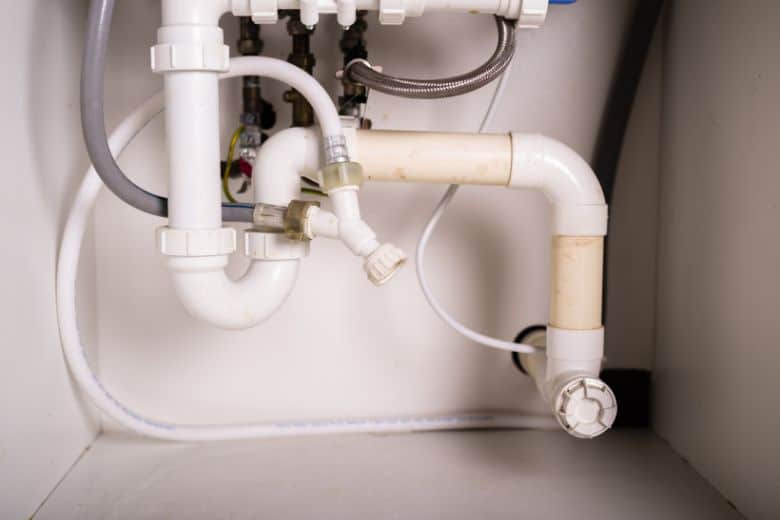





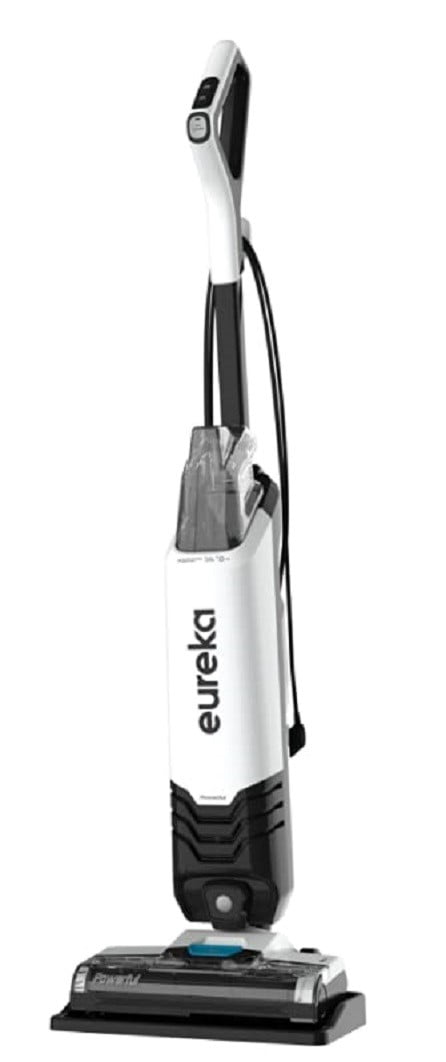


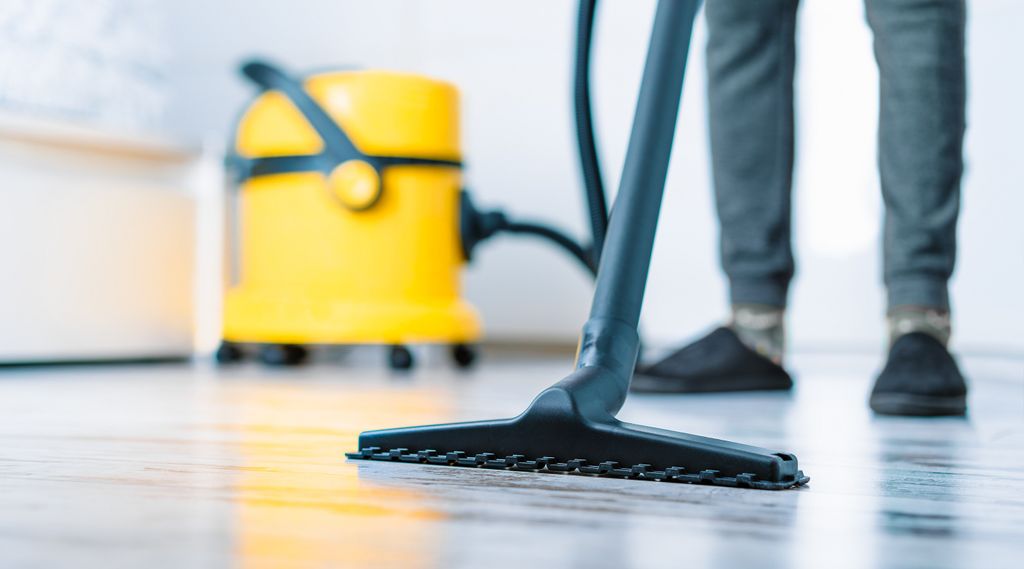





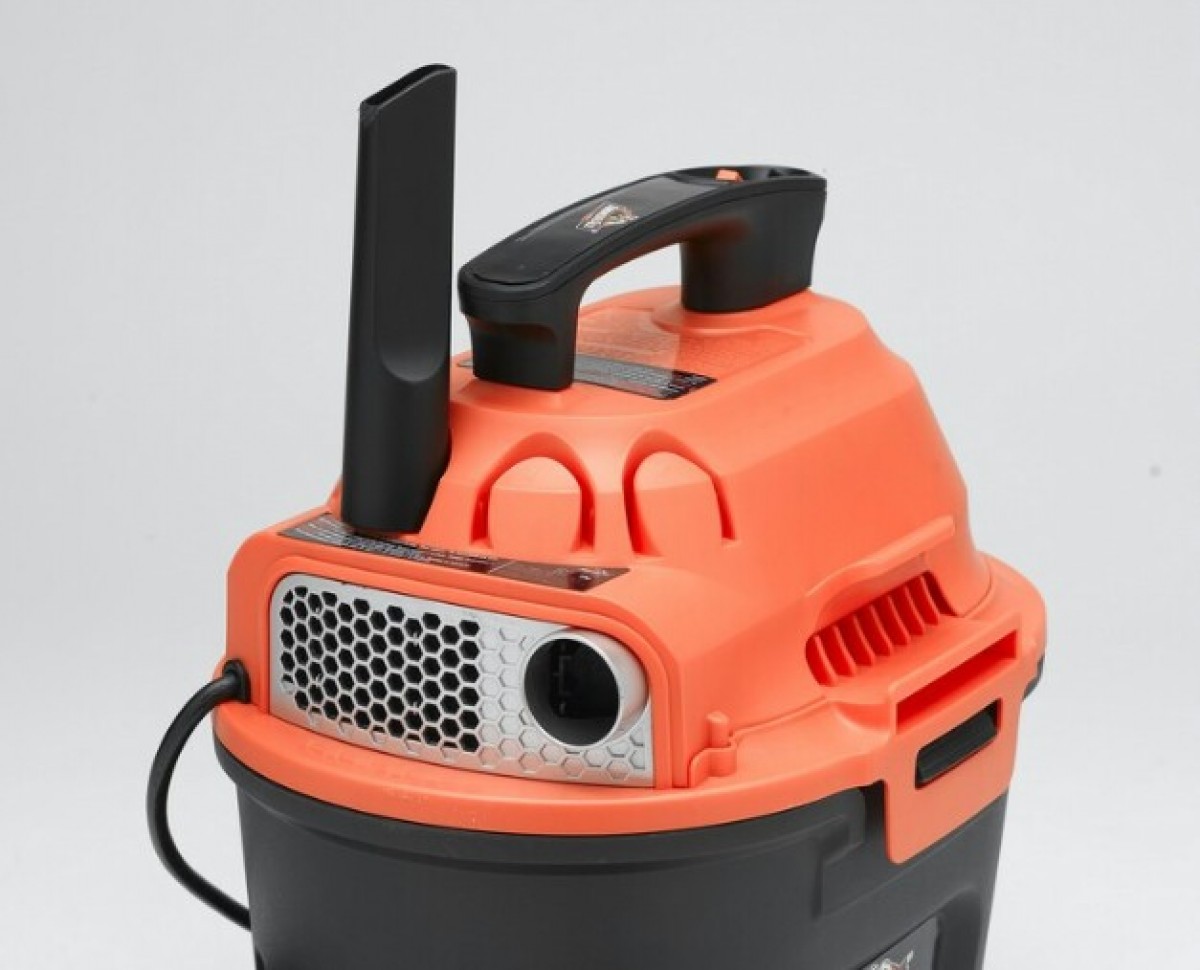
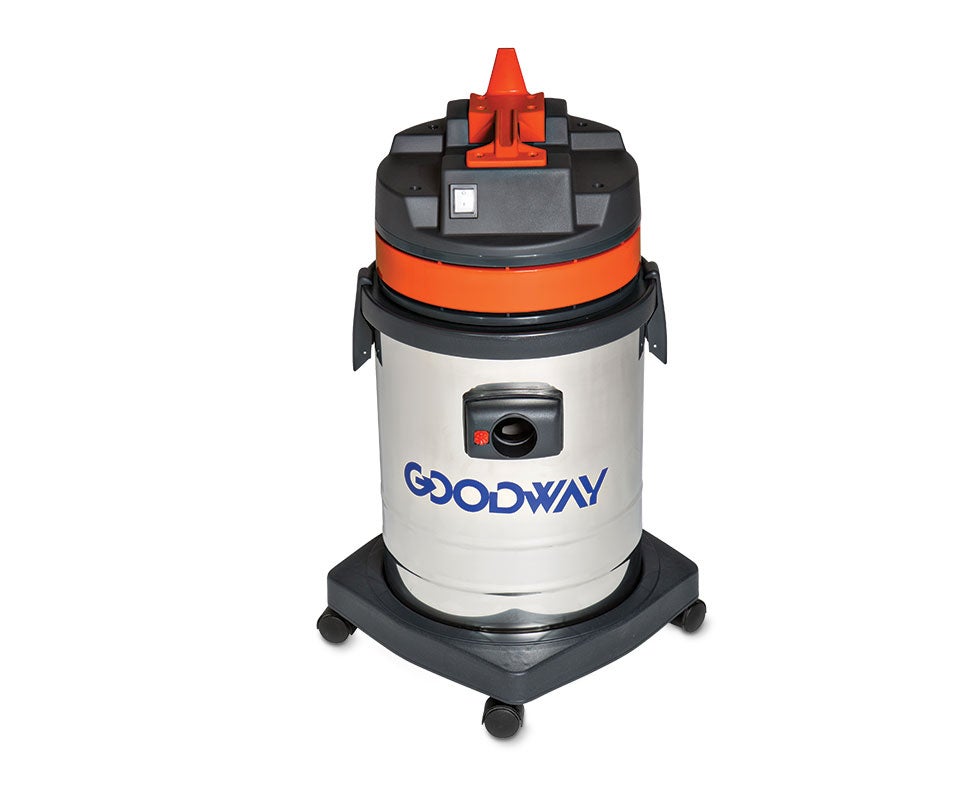



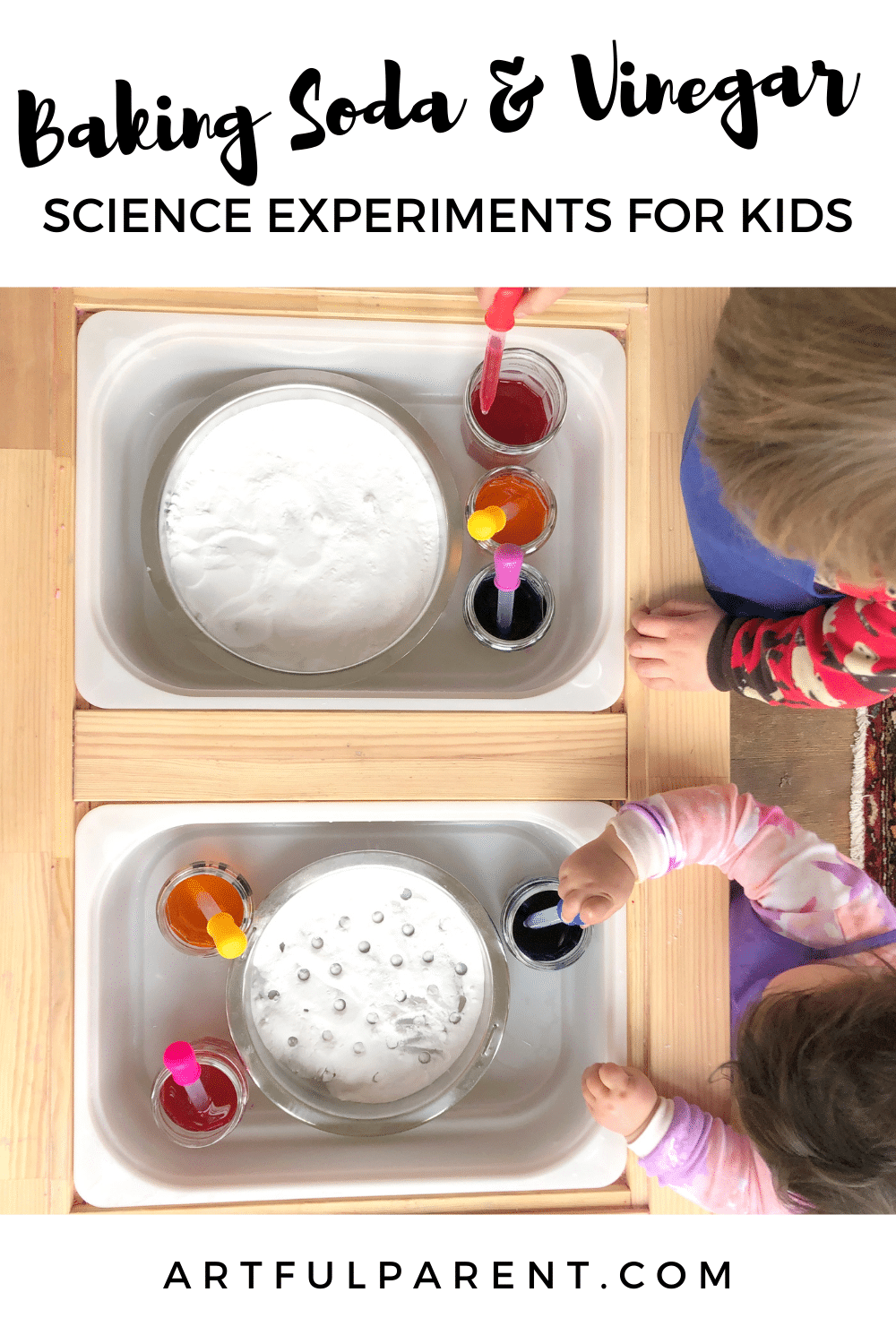







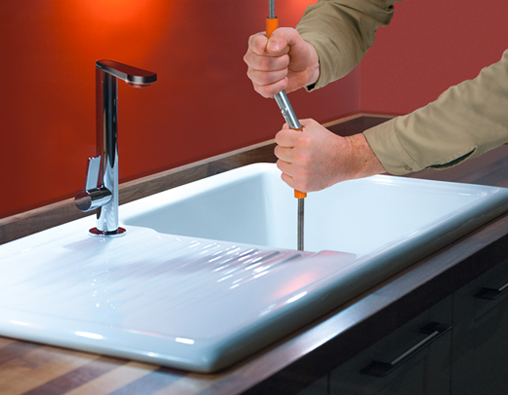
/how-to-use-a-sink-auger-1825090-hero-70d39960647643819dbb4c1f3a05e929.jpg)
